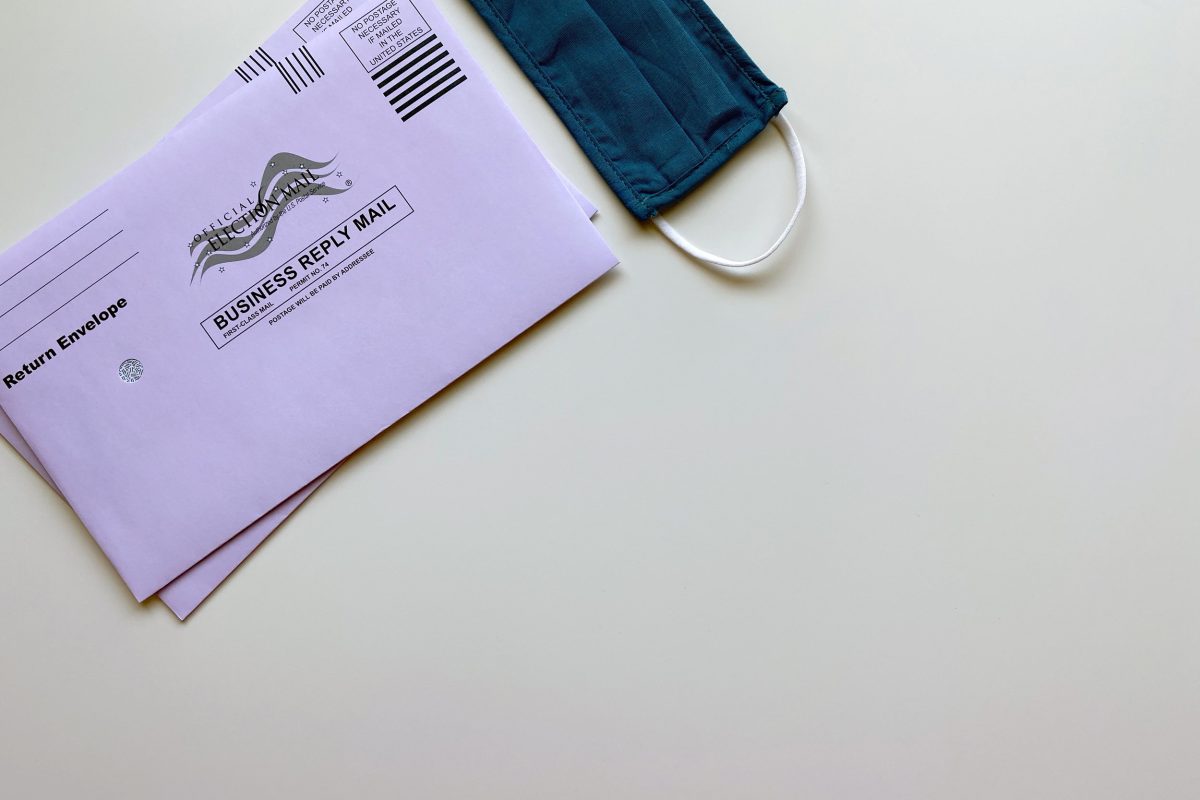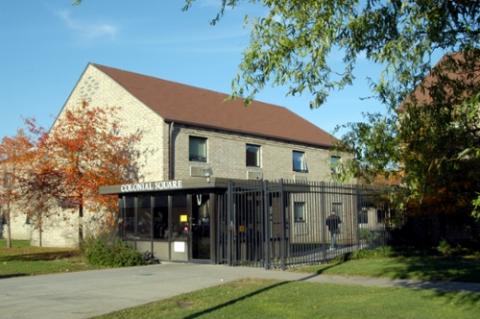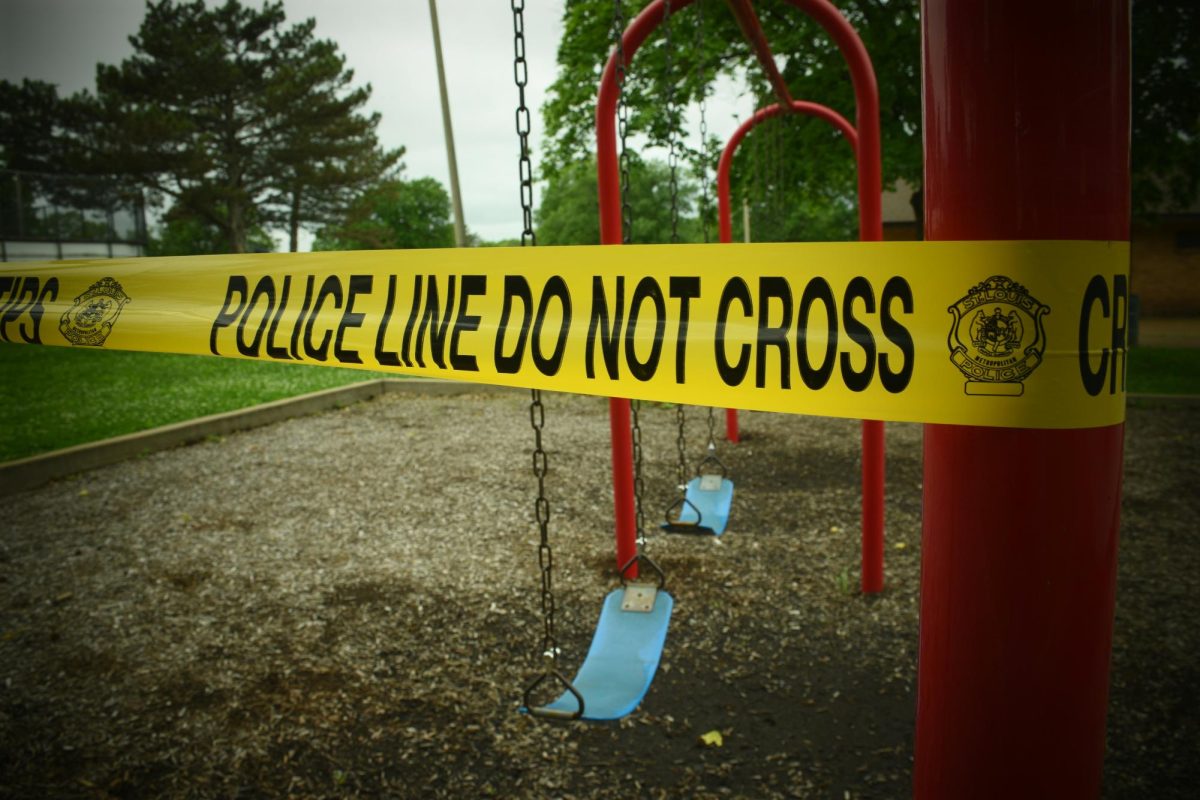By now, we’ve all seen the posts on Instagram or Twitter about how to register to vote and request an absentee ballot. It’s almost impossible to not have seen them when they’re nearly everywhere you look. Even I – someone who isn’t active on social media often – posted about voting, because I think knowing how to verify your registration status and how to request an absentee ballot is valuable information for people my age. After all, voting by mail is the only option for many college students who don’t live in the district where they registered. However, these posts don’t address how the process of mail-in voting creates barriers that actively prevent college students from participating in elections. Despite this, every college student should vote.
Every state has different rules when it comes to registering to vote and requesting an absentee ballot. Certain states require registration forms to be mailed a month before an election but allow people to register in person on Election Day. For those who don’t plan on voting in person, many states require all absentee ballots to be requested by early October, while other states don’t require requests until right before the election. Along with all of those odd rules, some states require absentee ballots over a week before Election Day while others only require the ballots to be postmarked by Election Day. These hurdles and inconsistent regulations can make it difficult for first time voters – who are mostly college students – to get their ballots in on time, which can seriously impact the election. According to a Pew Research Center study published this past May, one out of every ten eligible voters is a member of Gen Z. This is a significant portion of the electorate, especially when taking into consideration that many members of Gen Z are too young to vote. My generation has the power to determine who gets put in office, but we might not get the chance because of electoral inconsistencies.
When I requested an absentee ballot, I was shocked to receive an email that indicated my municipal clerk was unable to process my request. How could this be? I’m registered, so this is voter suppression in action! Then, in a moment of clarity, I remembered my critical reading skills. I continued to the next part of the email which stated the reason for my rejection. It all made sense when I read the words, “voter is not registered to vote at the address listed on the application.”
My family moved to a different house a month before school started, which meant my voter registration was no longer up to date. “No worries,” I thought. This could be easily fixed; I had seen posts about registering to vote online. However, after a quick Google search, I discovered that my state does not have online voter registration. Alright, maybe it would be a little more complicated than it initially seemed. I have a printer and the ability to address an envelope, so I wasn’t overly concerned. I printed and sent my voter registration card to one of the two addresses that were listed on the notice. It said it should take about a week to process.
A week and a half later, I attempted a second time to request an absentee ballot and was denied for the same reason. I panicked. Did my registration card get lost in the mail? Did I accidentally commit voter fraud? After a few frantic phone calls, I discovered that my state’s election committee only sorts the mail, and I should have sent my request straight to my municipal clerk. After two more weeks, I was finally registered in the system and able to request my absentee ballot. After that, filling out and mailing back my absentee ballot was relatively easy.
My own experience with voting through mail has been incredibly frustrating, but the red tape didn’t stop me from trying. During these times of racial and social injustice, the upcoming election is critically important to determining what direction the country will take, and it’s important for the voices of the youth to be heard. Voting by mail is a hassle, but you should do it anyway.







